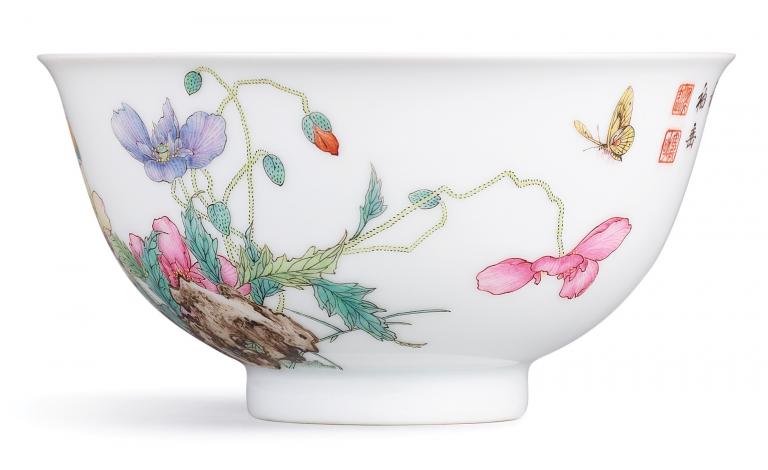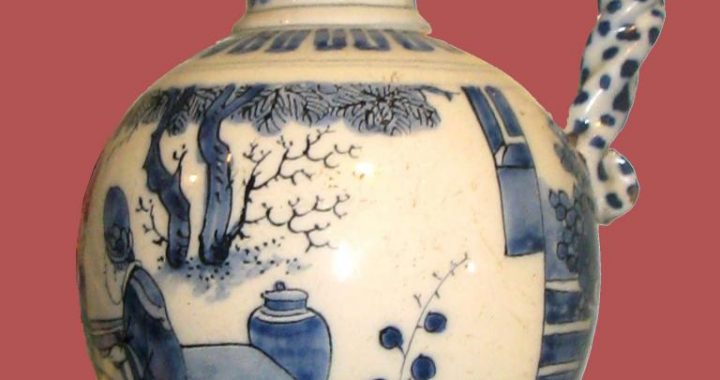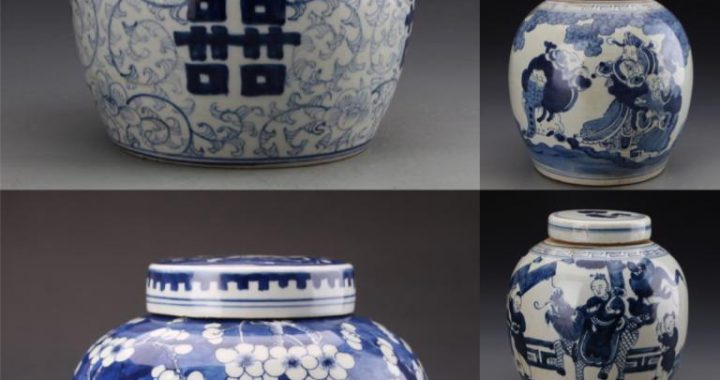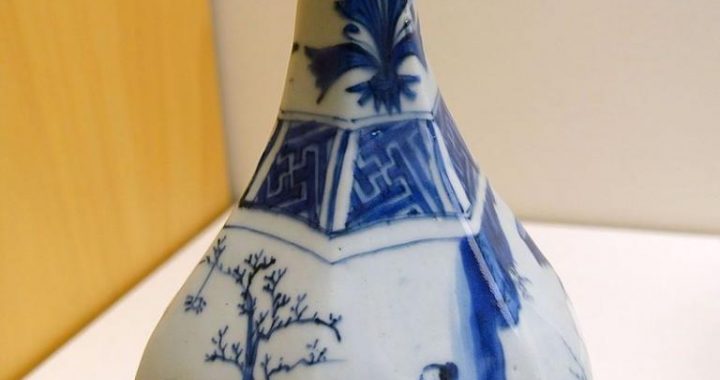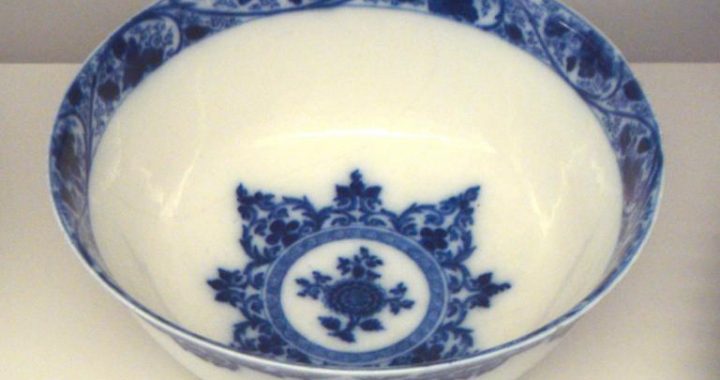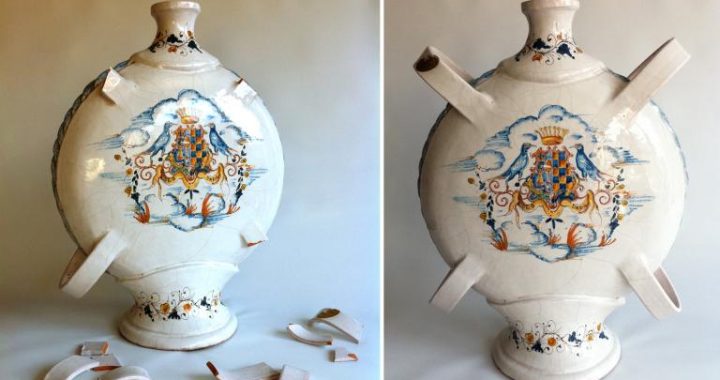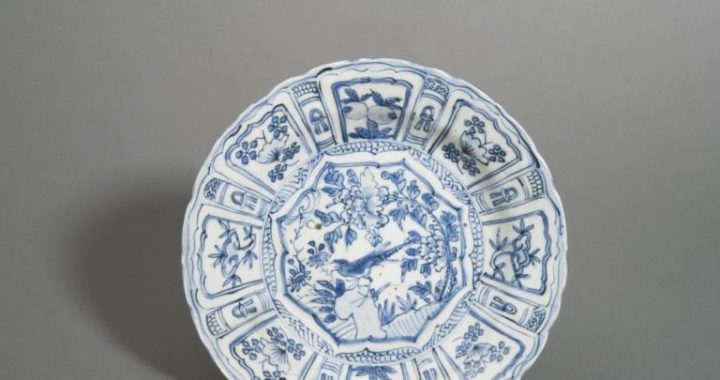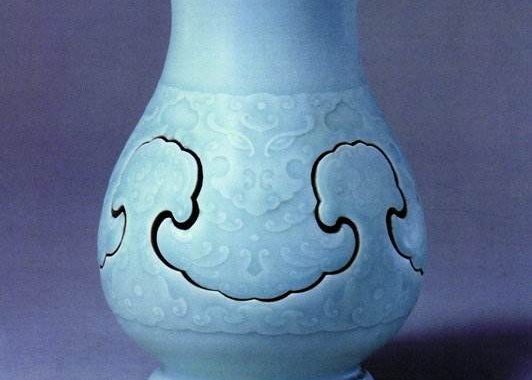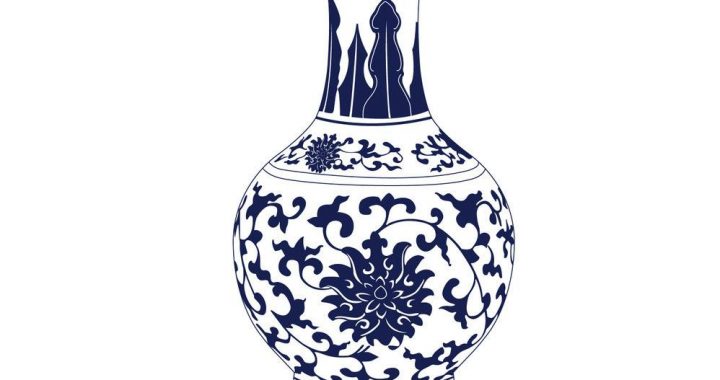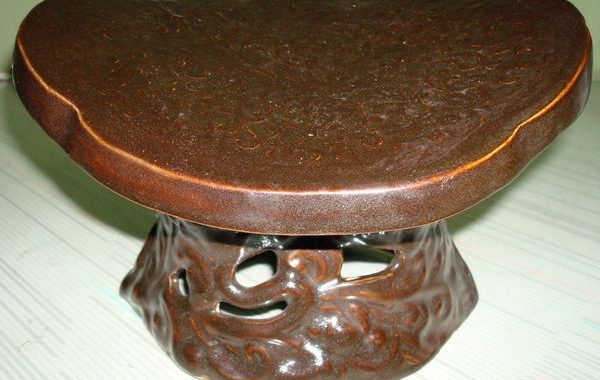Falangcai Ware Made with Techniques Introduced
3 min readFalangcai or cloisonne originated from France and cloisonne ware, as one of fine and precious porcelain categories in the Qing court, may be rated as a miracle in the history of Chinese colored decoration. To be exact, cloisonne ware shall be called enamel painting on porcelain, as it evolved from the technique of enamel decoration on copper body in the Ming dynasty. The nickname of falangcai is “Guyuexuan”(meaning Ancient Moon Studio), which sounds very corresponding with poetic temperament of ancient Chinese scholars. There are many guesses and stories concerning how the nicknamewas derived, making falangcai even more mysterious in people’s mind.
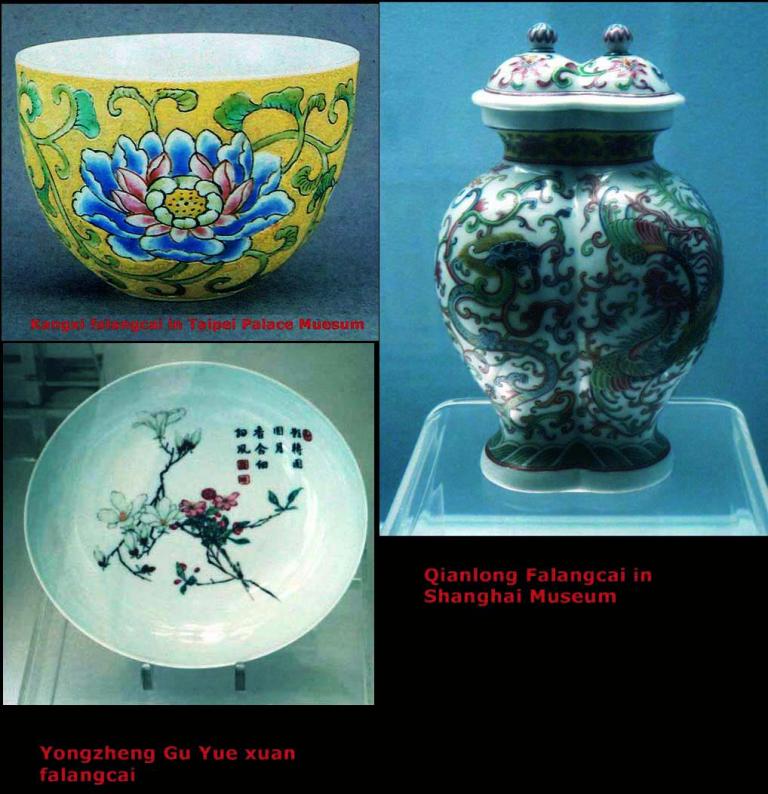
Enamel painting on porcelain,a glassy pigment in texture, was first fired successfully in late Kangxi period. It is said to have originated in the Yuan dynasty, and the technique of coating enamel on copper body was in vogue in the Jingtai period of the Ming dynasty. Since blue is main background color, such products are also known as Jingtailan(blue cloisonne of Emperor Jingtai’s era), which can be considered as the predecessor of falangcai craft.
After the success of enamel ware firing, the production of falangcai was monopolized by the Qing court, falangcai wares could hardly be found in the market. The Qing emperors attached great importance to falangcai manufacture. They even took part in making decisions forthe firing of falangcai. It had to undergo a very strictprocedure: Jingdezhen kiln was responsible for providing the best pastes, all the process ranging from pattern designs to object firing was supervised by commissioners. Each and every design should be consented and approved by the emperor before it was applied on pastes.
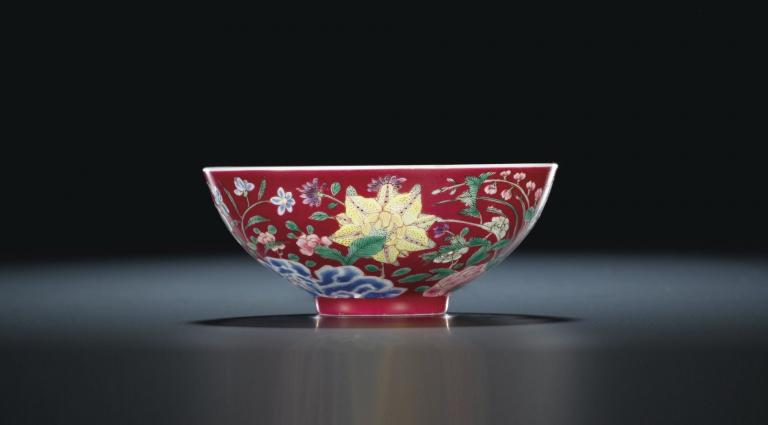
Falangcai was in favour at the Qing court not only derived from its precious material and complex craftsmanship, but from its magnificent patterns and forms as well. In contrast to traditional Chinese painting, falangcai decorations are influenced by western painting, and featurerefined and realistic depiction, which become exceptionally expressive by employing all sorts of brilliant colors.
Kangxi falangcai wares are usually small objects, with bowl as the main type of production. Influenced by European art of that time, these wares are highly elaborate with ornate decorations. Flowers, such as luxurious peony, elegant lotus, fresh chrysanthemum and prideful plum blossom, are applied as the main decorative motif. They boast highly realistic style with brilliant colors, presenting a feeling of richness and magnificence.
By the Yongzheng period falangcai decorations became more lively, as birds were added to the flowers and made the scene more dynamic. Besides, the landscape motif was also favored by Emperor Yongzheng, who liked to have his calligraphy and poems inscribed beside the landscape scenes on falangcai wares, making the whole picture more cultivated.
Falangcai craftsmanship reached its peak during the reign of Qianlong. Pavilions and terraces were incorporatedinto the traditional motifs of flowers, birds and landscapeby using carefully selected pastes and pigments, as well as applying techniques and styles of western oil paintings. With bright colors and complicated decorations, falangcaiwares of this time present a magnificent palace pose, and become an example of perfect combination of both oriental and western paintings.
